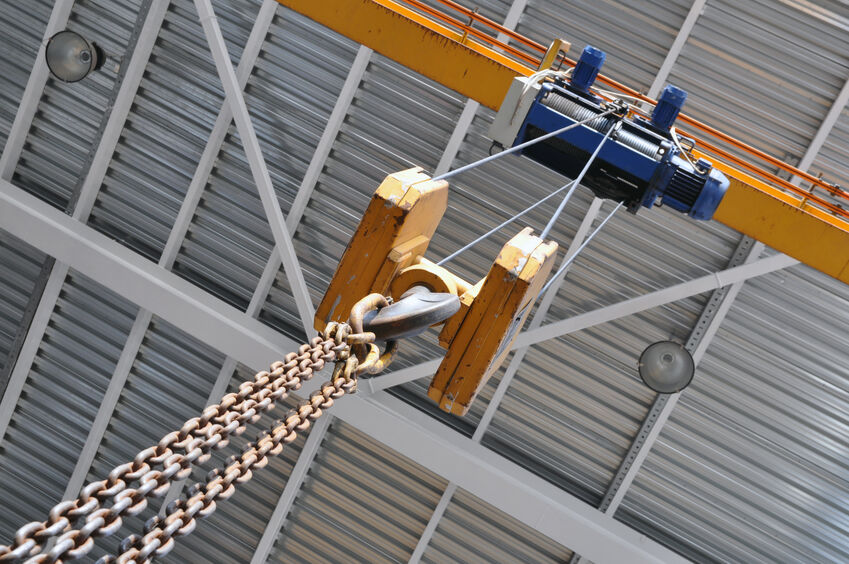 When a load is live and under a hook, it has been lifted thanks to crane rigging, which requires a combination of math, geoengineering and mechanical information in order to get it right and prevent accidents. Shapes, weights and riggings may vary, but one thing’s for sure: riggers need to know about lifting requirements and then plan for each lift using the crane and its components to ensure the lift(s) go well!
When a load is live and under a hook, it has been lifted thanks to crane rigging, which requires a combination of math, geoengineering and mechanical information in order to get it right and prevent accidents. Shapes, weights and riggings may vary, but one thing’s for sure: riggers need to know about lifting requirements and then plan for each lift using the crane and its components to ensure the lift(s) go well!
What Goes Into Crane Rigging?
So what goes into crane rigging? There are several factors to make sure rigging is done properly. For example, there’s the issue of the load that needs to be moved. A rigger needs to know information such as load weight, load dimensions, the center of gravity, lift/sling points, pickup ratios, lift height, etc. Riggers can utilize crane load charts to help make wise decisions about moving items based on crane capacity, the length of the jib, outrigger spread, counterweights offered, ground conditions, etc. It’s not unusual for riggers to consult with geotechnical engineers to make sure the ground can support the crane’s load.
Once key information is discovered and thought about, then it’s time for rigging teams to devise a rigging plan. It’s a detailed drawing that shows the configuration of all load-lifting points, while also showing info about slings, ropes, blocks, beams, etc. Weather conditions are also taken into account when coming up with a rigging plan– for instance, what’s the probable temperature going to be? What about wind and/or visibility? For instance, if wind gusts more than 15mph, then the plan might need to be postponed or canceled.
Finally, crane rigging involves good communication. Riggers needs to utilize a system of signals to know when to do certain things (and when not to)… Each person should have individualized training so they can fulfill their specific role as part of the rigging team. Project safety always matters. Ideally, when plans are followed after much thought and consideration, and workers do what they’re supposed to do, then you can move large objects by crane safely and efficiently, avoiding accidents.

